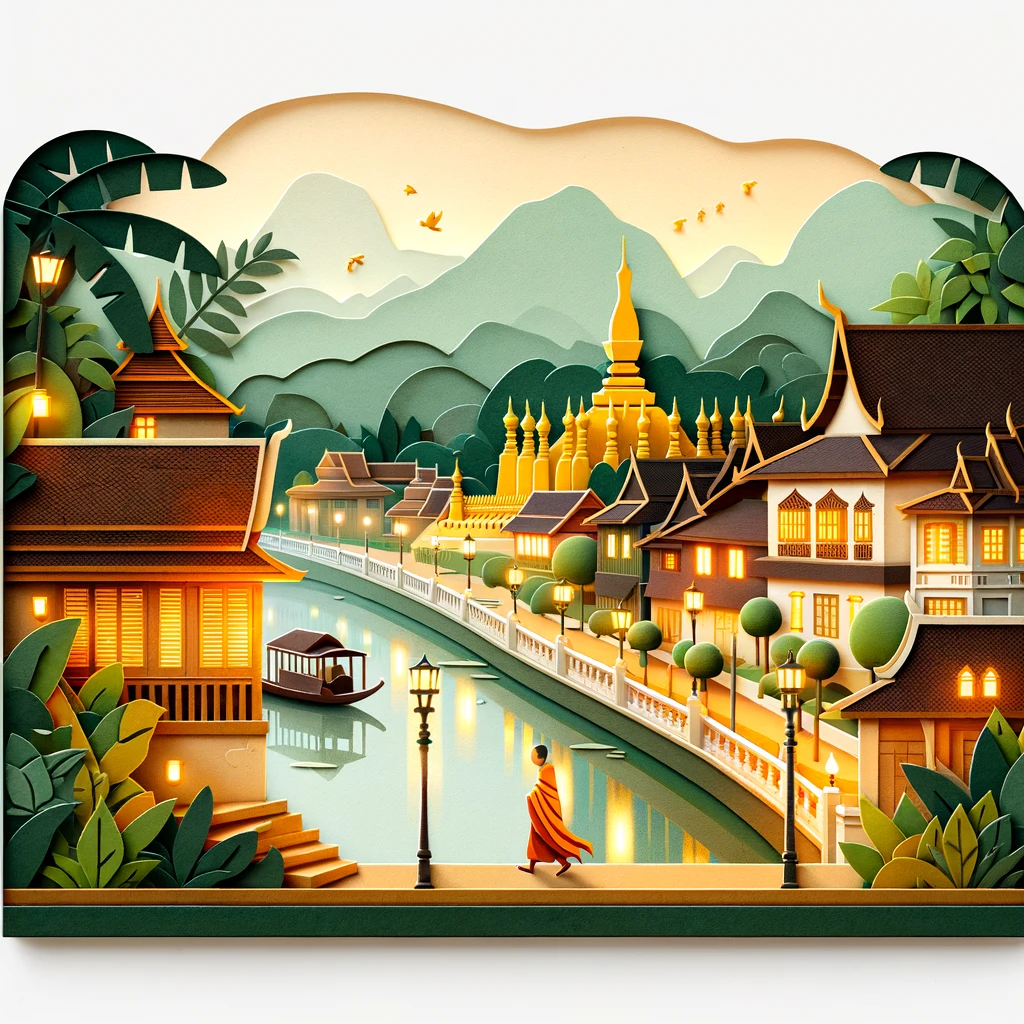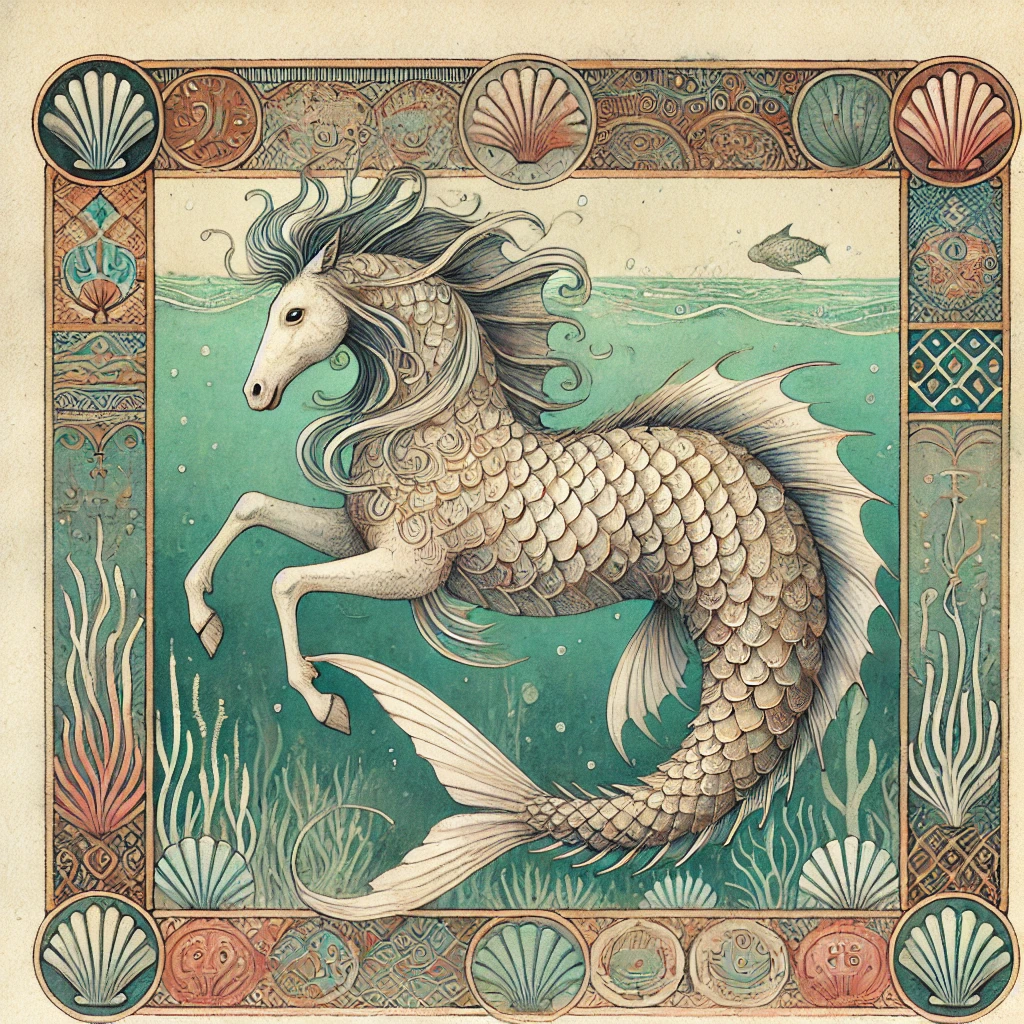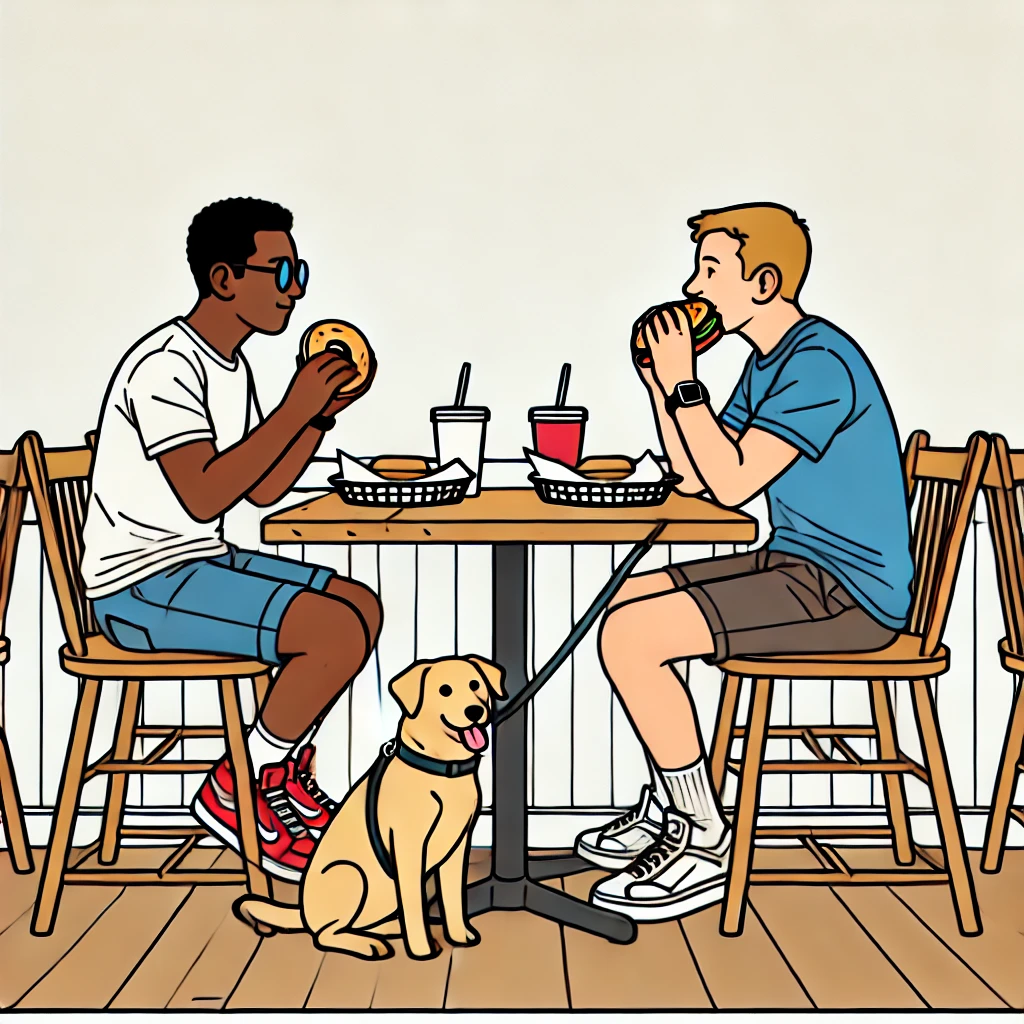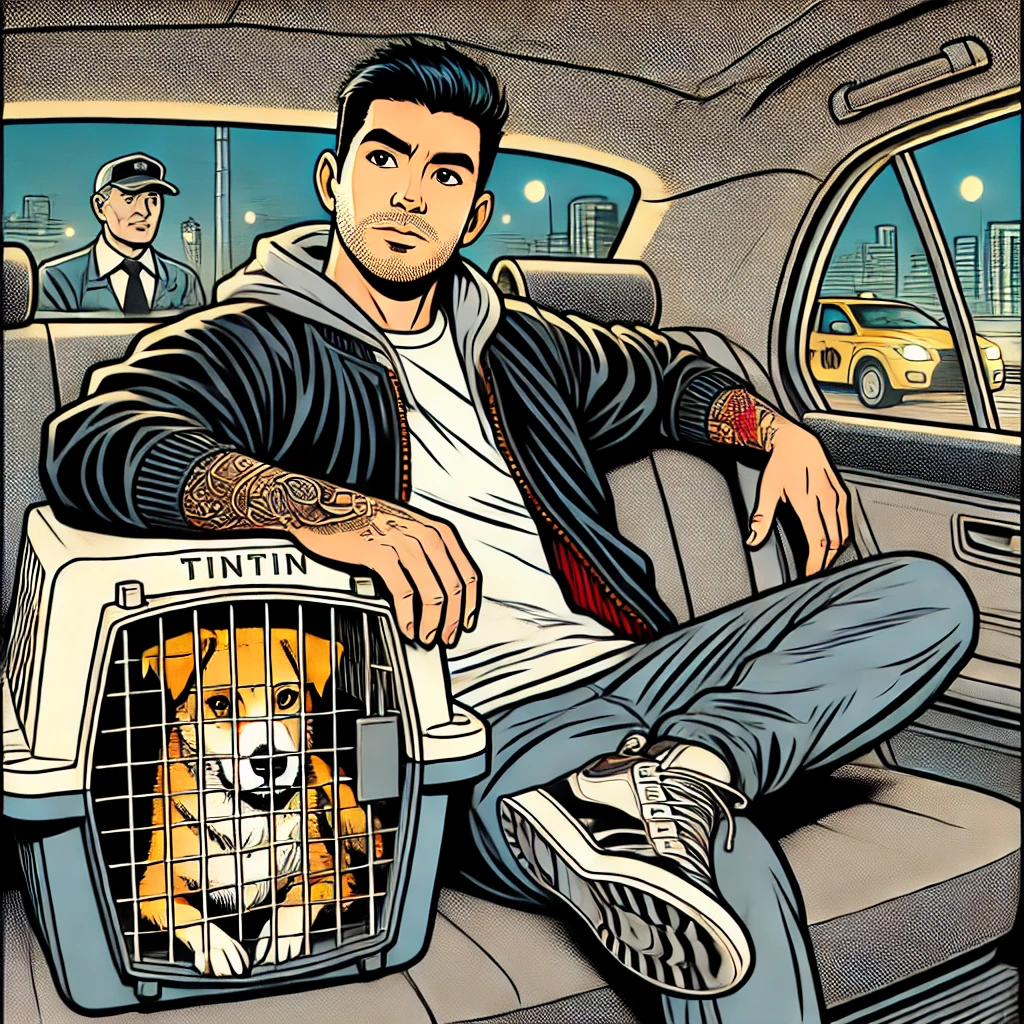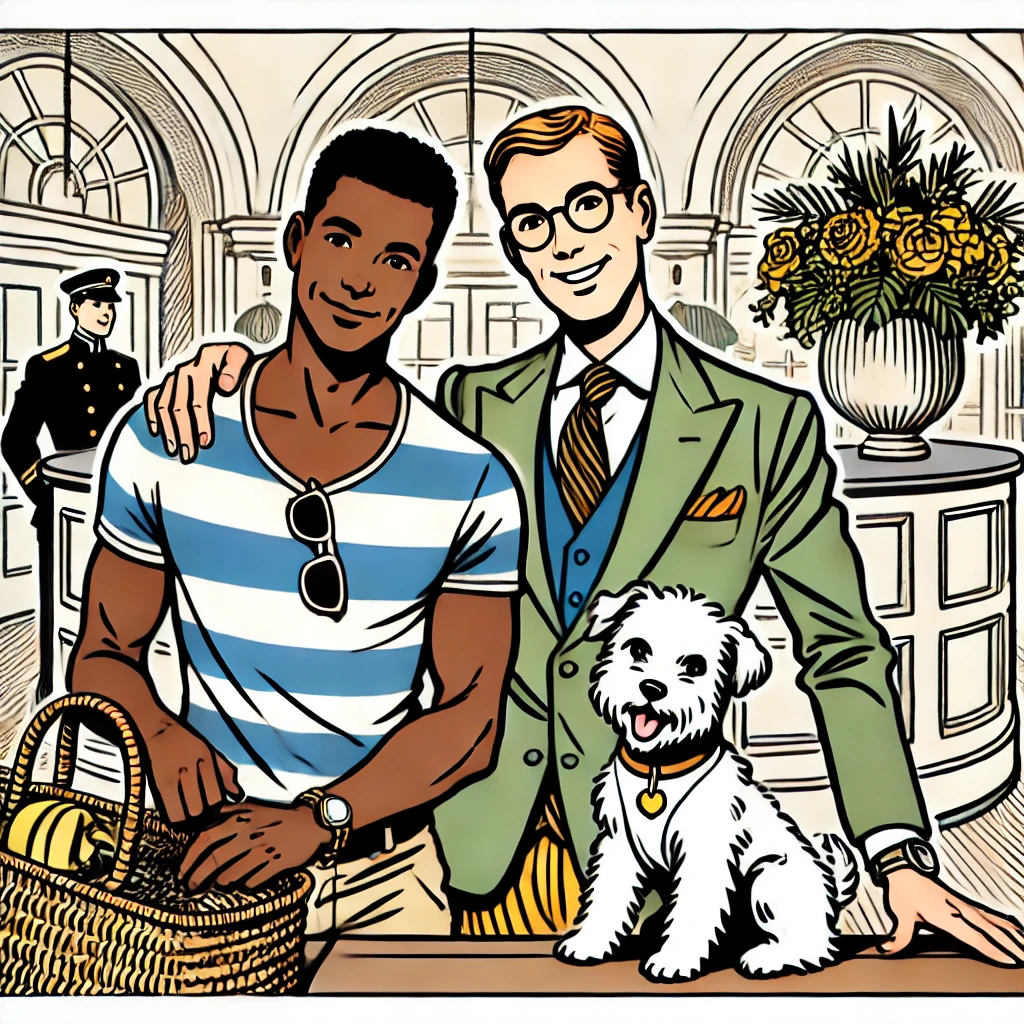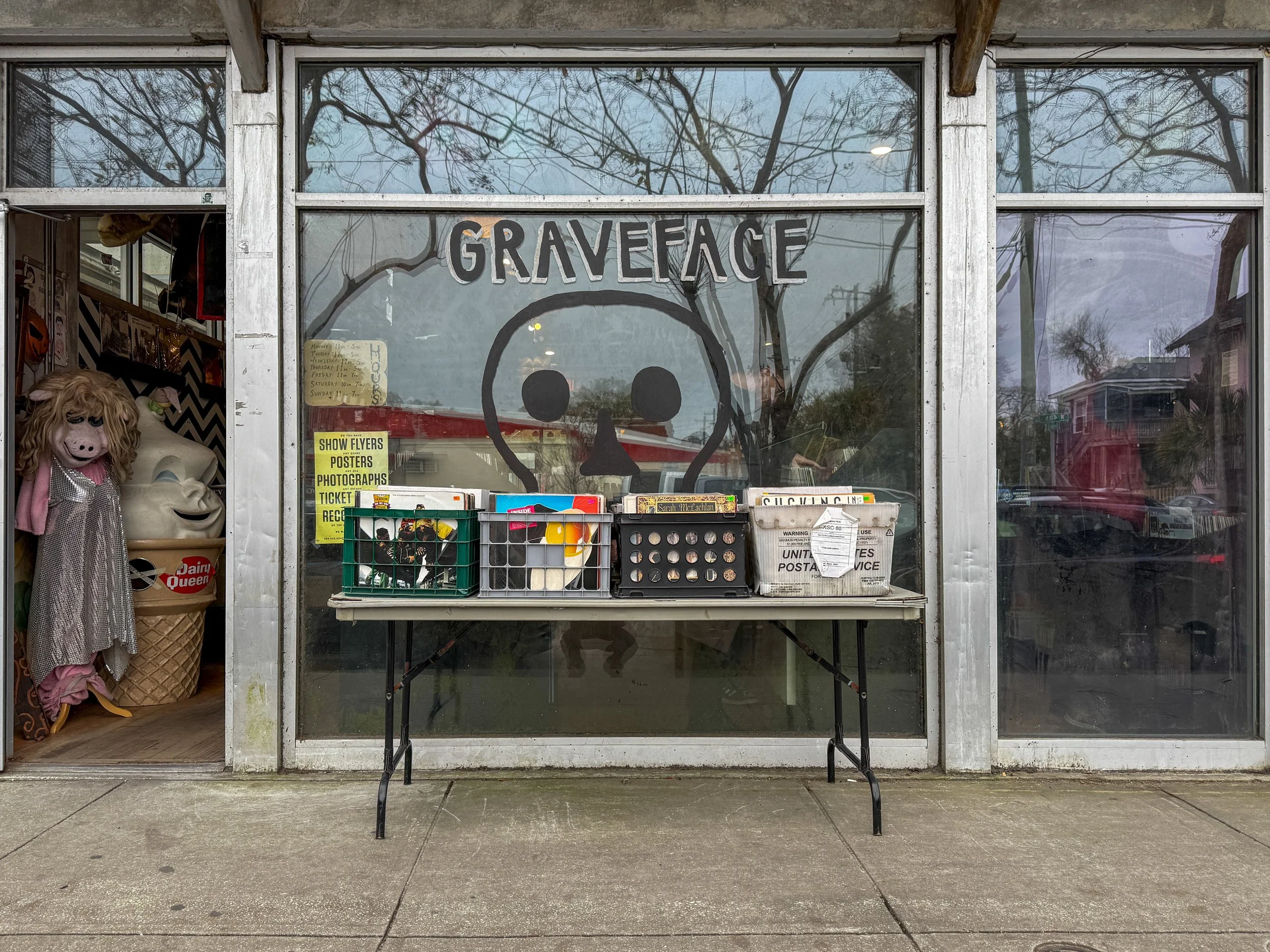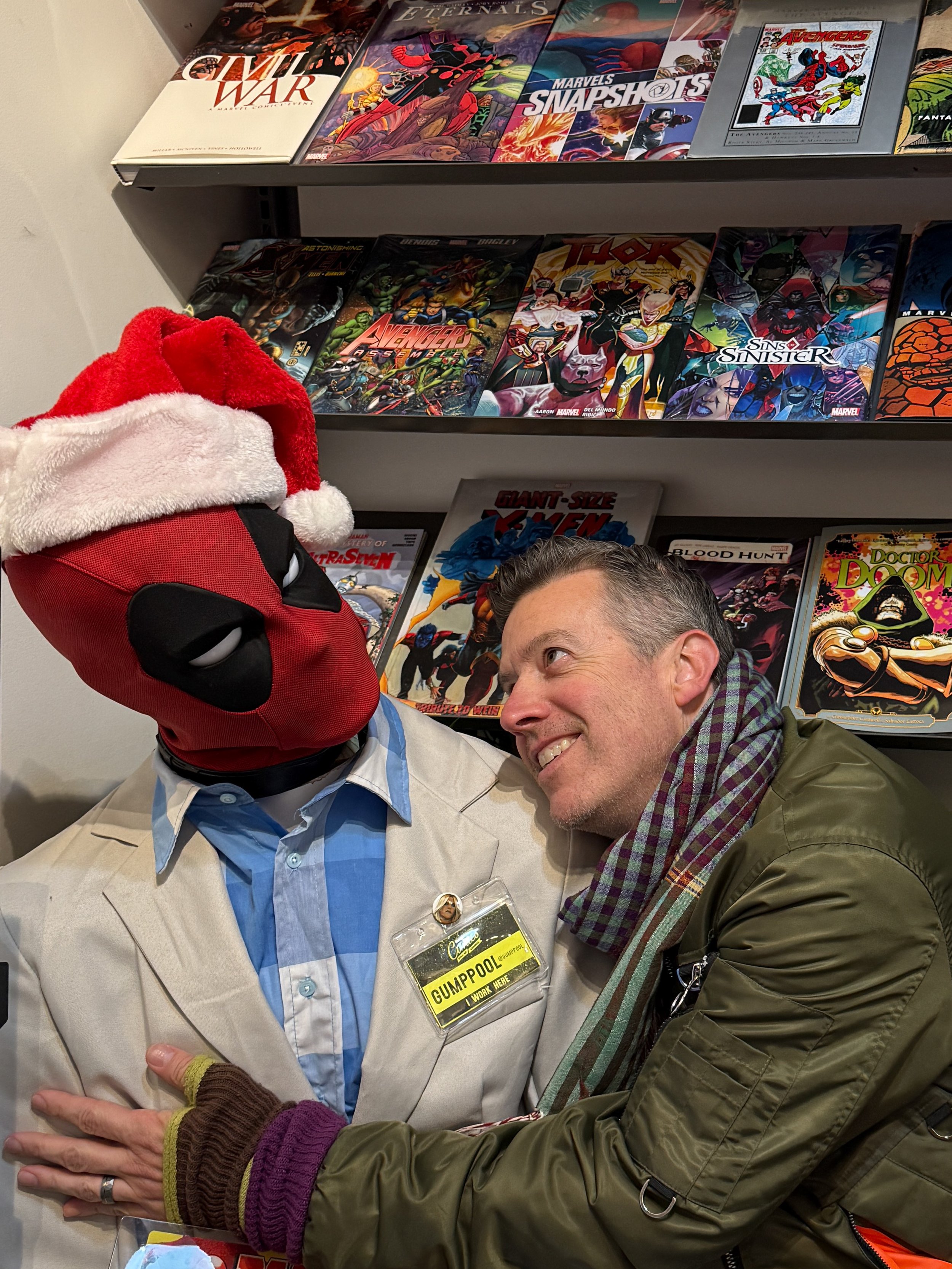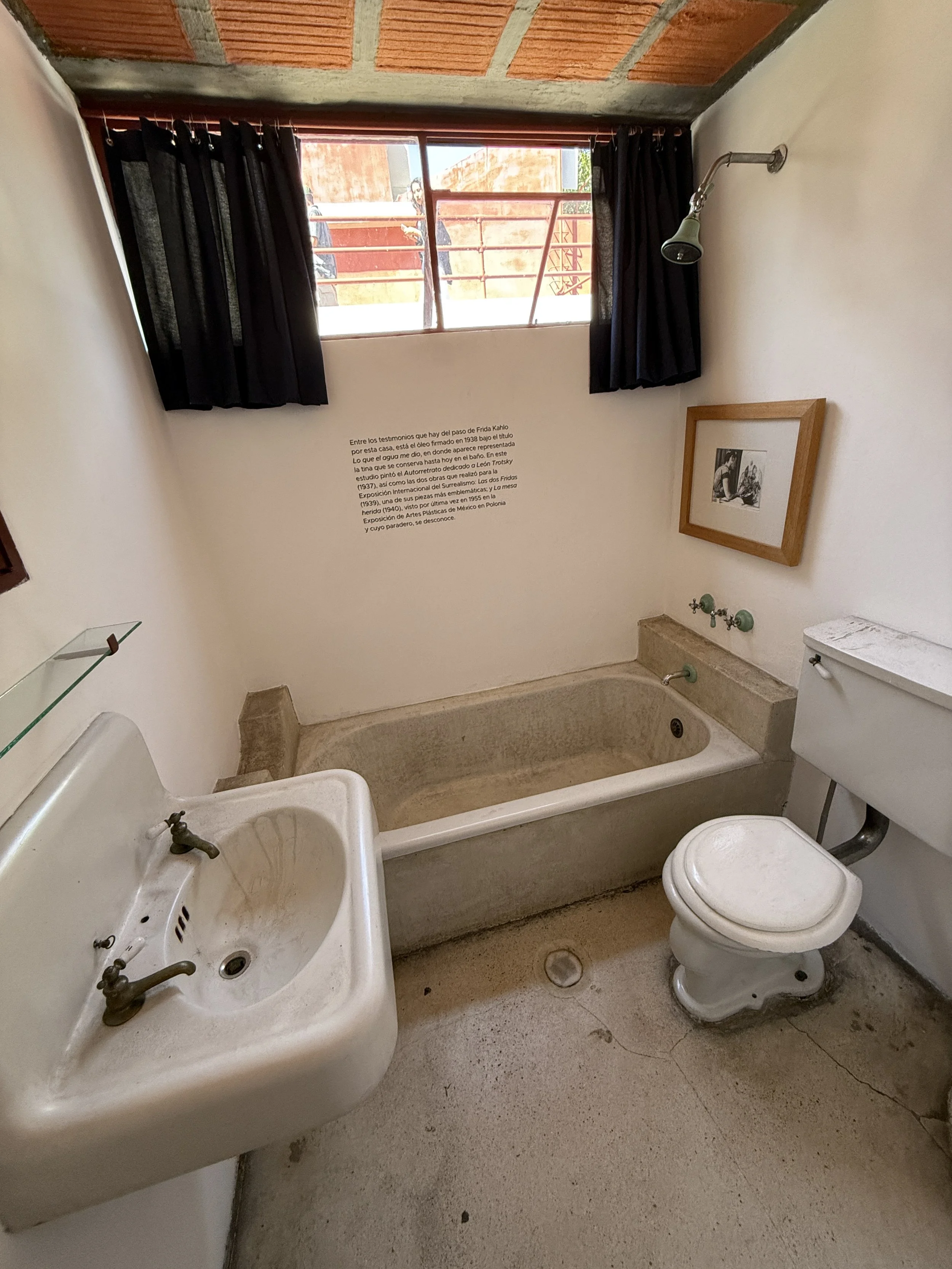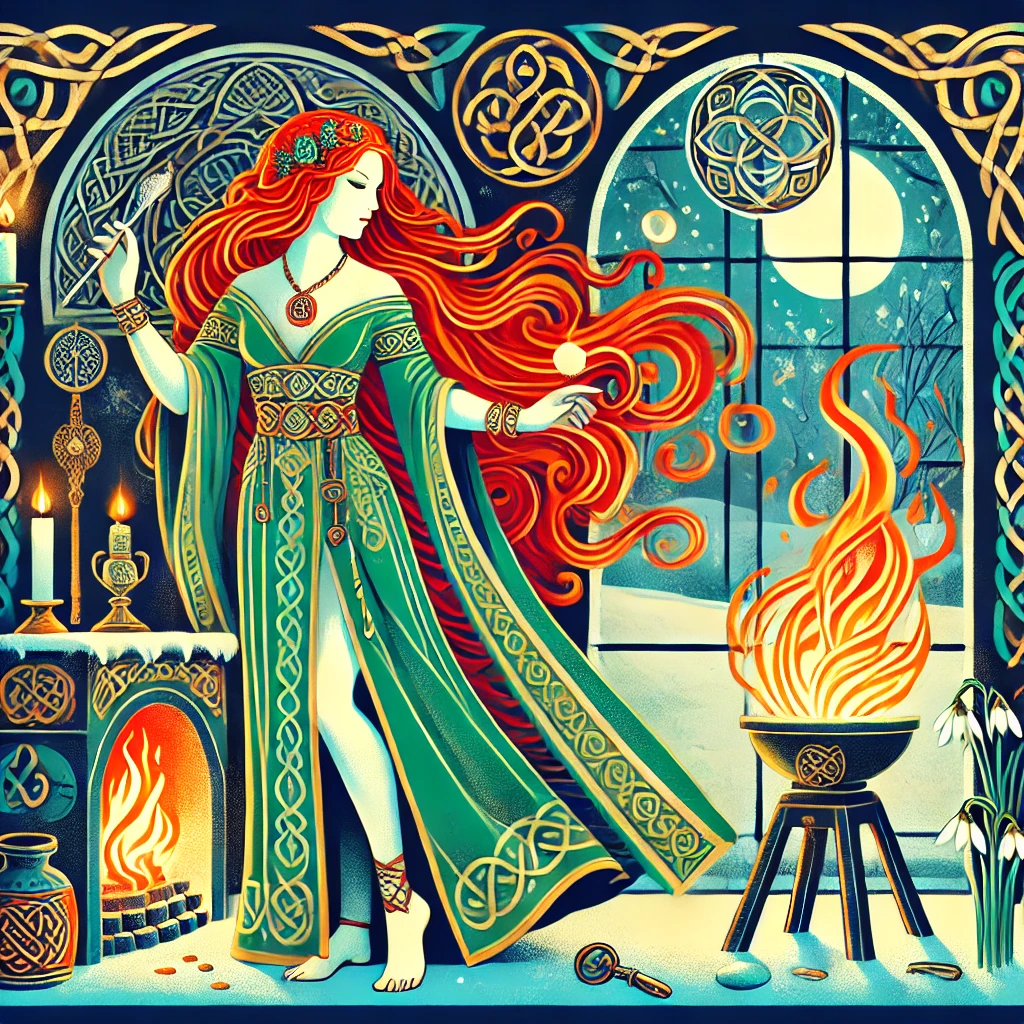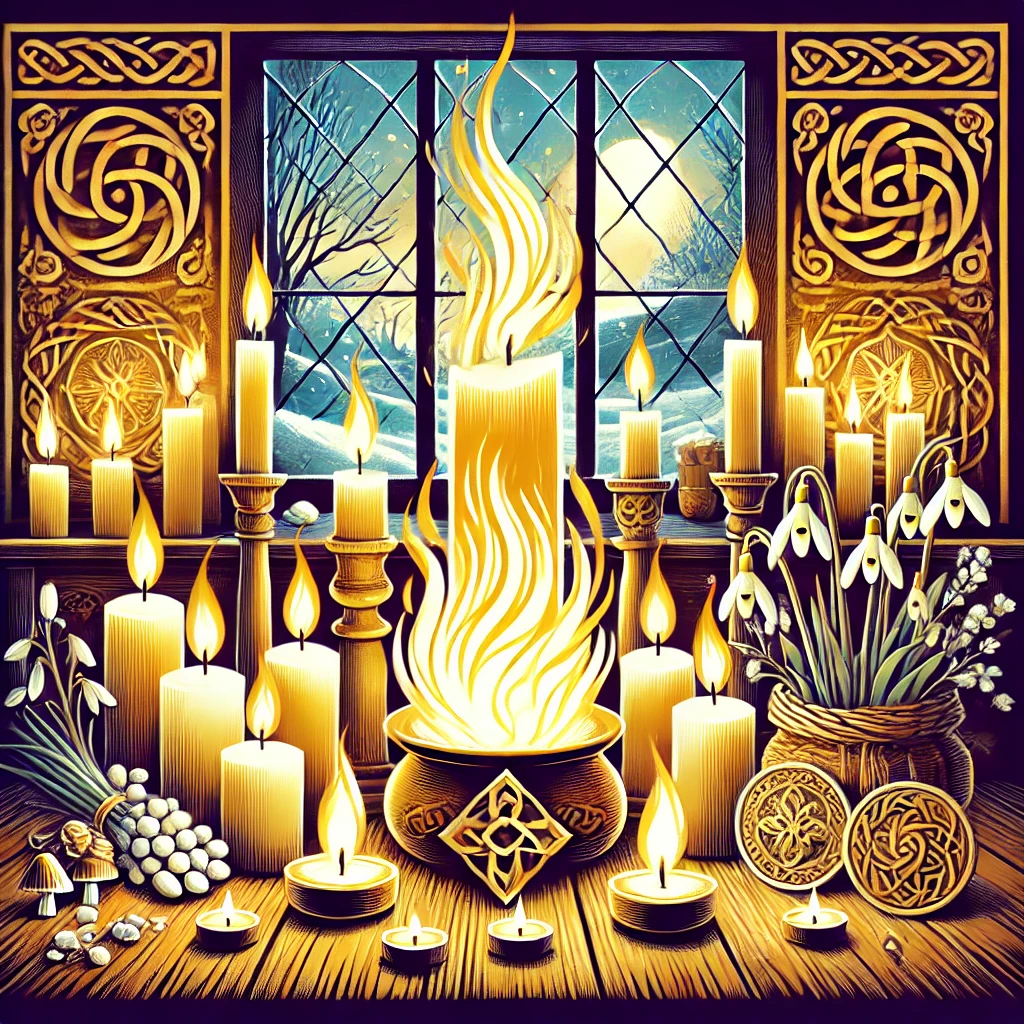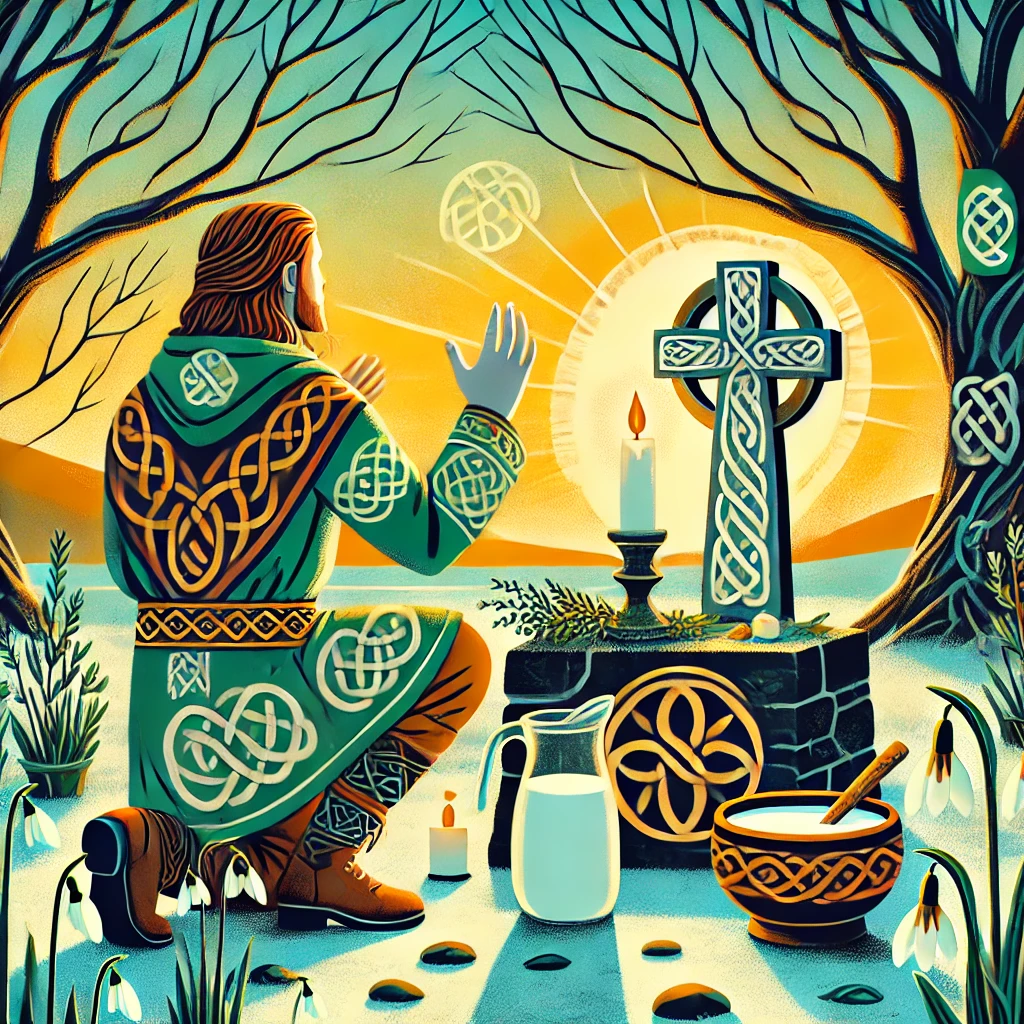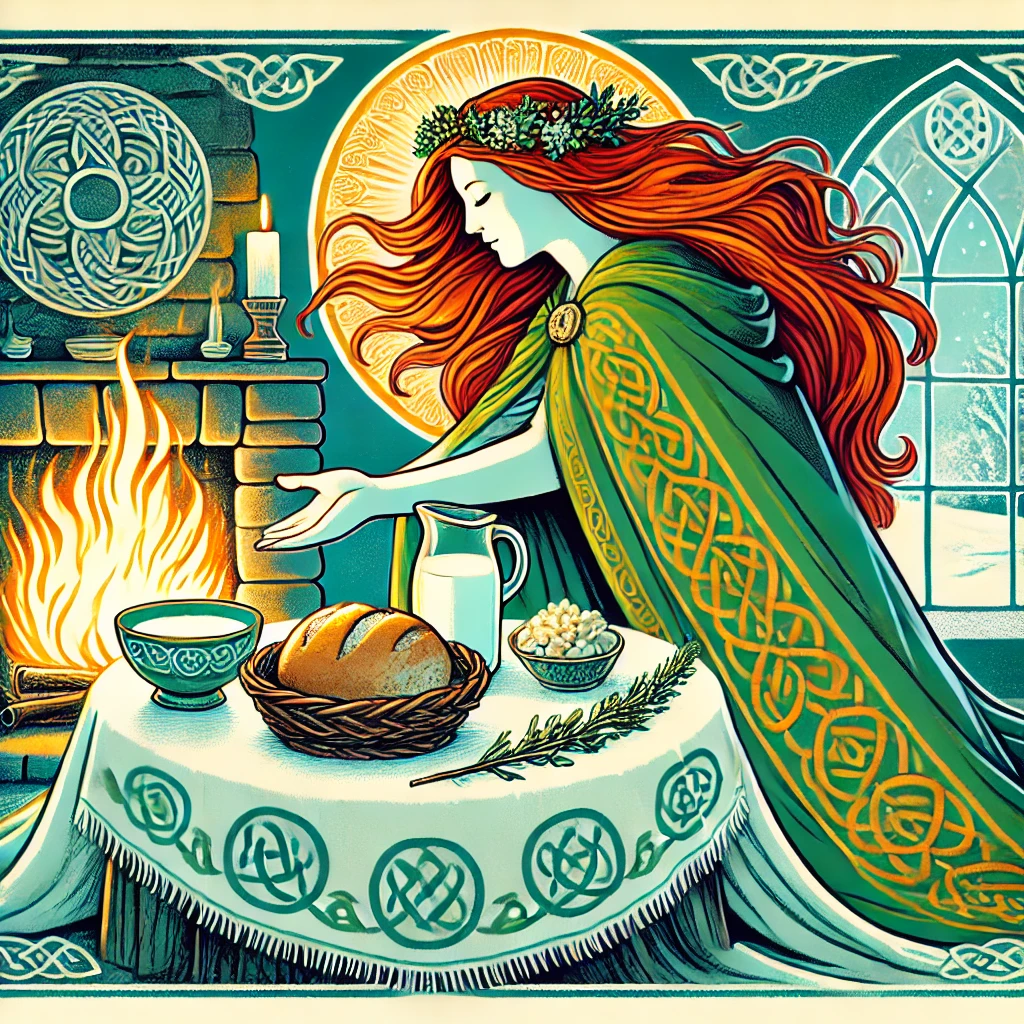Slow travel is about taking your time, embracing detours and connecting deeply with a place. Here’s how to make your trips more intentional.
Travel isn’t a race. You shouldn’t be rushing to complete a checklist or collecting sites like Pokémon. The real magic of travel happens in the in-between moments — the ones that don’t come with an audio guide or a perfect Instagram angle.
When you slow down, you notice things. The way light shifts in a quiet café, the rhythm of a city waking up, the unexpected kindness of a stranger who points you to the best food you’ve ever eaten. Instead of hustling from one attraction to the next, you let a place sink in. You give yourself time to get lost, to linger, to just be somewhere.
There’s no single way to embrace slow travel, but there are plenty of ways to make your trips more intentional. Here’s how.
1. Choose destinations that let you slow down.
Some places practically force you to take it easy. Cities built for strolling, towns where café tables spill into the streets, regions where “mañana” is the closest thing to a schedule.
Instead of cramming six destinations into one trip, pick just one or two and let yourself settle in. Stay long enough to recognize faces, to find your favorite corner café, to not need Google Maps.
Smaller towns and rural areas tend to do slow travel best. There’s no rush, no urgency — just the quiet hum of daily life. But even in cities, you can carve out your own slow-travel pocket by choosing neighborhoods over tourist centers. A place’s soul isn’t in its top 10 attractions; it’s in its markets, its parks, its ordinary moments.
2. Travel in a way that enhances the experience.
The way you move through a place shapes what you see. Walking lets you pause whenever something catches your eye. Public transport throws you into the rhythm of local life. Biking? That’s the sweet spot between getting places and experiencing the in-between.
And if you’re thinking, Biking sounds nice, but hills? No thanks — there’s an answer for that. Electric bikes. They let you glide through cities, coast up inclines, and cover more ground without looking like you just ran a marathon.
If you’re bringing an e-bike on your travels, Velosurance has your back. It offers some of the best e-bike insurance, covering theft, damage and all the unpredictable moments that make travel exciting (but sometimes expensive). Because nothing kills the slow-travel vibe faster than a missing bike.
3. Create a flexible itinerary.
There’s a time and place for spreadsheets, and it’s not on vacation. Overloading your schedule turns travel into a job, and no one enjoys a trip that feels like an assembly line.
Some of the best travel moments happen when plans go sideways — when you follow a local’s recommendation instead of Yelp, when you stumble into a festival you didn’t know existed, when you decide to stay just one more day.
So plan some things — just not everything. Pick a few experiences that actually excite you, then leave room for surprises. Let curiosity, not a schedule, dictate your next move.
4. Immerse yourself in local culture.
Slow travel isn’t just about moving at a leisurely pace; it’s about actually engaging with where you are. Enter cultural immersion.
That means skipping the chain restaurants in favor of the tiny hole-in-the-wall spot where the menu is only in the local language. It means wandering through neighborhood markets instead of souvenir shops. It means striking up conversations — not just with hotel staff but with the young woman making your morning espresso.
Food is often the easiest way in. Try the regional specialties. Eat at places where the locals eat, not where the guidebooks tell you to go. If you’re really committed, take a cooking class or visit a farm and see where the magic begins.
And if you want bonus points, learn a few words in the local language. Even just “hello” and “thank you” go a long way. It’s about showing respect and making human connections.
5. Discover hidden gems.
The most unforgettable places are rarely the ones that pop up first on Google. The best experiences often happen when you wander off-script — whether you’re in Barcelona or Dallas, Texas.
One of the easiest ways to find hidden gems? Ask. Not the internet — actual humans. Hotel clerks, bartenders, bookstore owners, the person next to you at the coffeeshop. They’ll know where to go, what to eat, and what’s worth your time.
Taking the road less Google-mapped also helps. Instead of the busiest streets, slip into quiet alleyways, walk a few extra blocks, take the longer scenic route. You’d be amazed at what’s hiding just beyond the tourist zones.
And sometimes, the hidden gems aren’t places at all. Maybe it’s a musician playing in the park, a perfectly aged wooden door, a shopkeeper who tells you their life story. When you stop rushing, you start noticing.
6. Balance adventure with doing absolutely nothing.
Not every moment of travel needs to be productive. Some of the best parts of a trip happen in the spaces between doing things.
Give yourself permission to just exist in a place. Sit at a café and watch the world go by. Read in a park. Take an aimless walk. Have a drink on a terrace with no agenda beyond enjoying it.
Because here’s the thing: You don’t have to earn rest. Slowing down isn’t laziness — it’s the whole point.
7. Make the most of staying put.
The longer you stay somewhere, the deeper you sink into it. You stop being just a visitor and start belonging — even if only for a little while.
Return to the same café a few times, and the barista might start remembering your order. Walk the same streets at different times of day, and you’ll see how a place shifts and breathes.
Some of the best discoveries happen when you’re not seeking them, just being present enough to let them unfold.
Take It Slow
Slow travel isn’t about how many places you go — it’s about how deeply you experience them. It’s about stepping away from itineraries and expectations and just being in a place.
So walk more. Linger longer. Say yes to detours. Talk to strangers. And if nothing else, remember: The best part of a journey isn’t always where you go, but how you feel while you’re there. –Lewis Bagshaw




